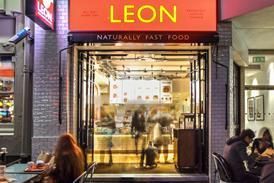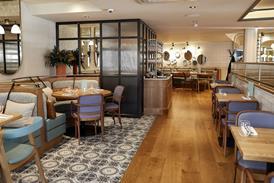Analyst corner: Rollo on JDW
Leading analyst Jamie Rollo at Morgan Stanley outlines key questions that he thinks investors could focus on in regards to JD Wetherspoon
Alternatively SUBSCRIBE for unrestricted access to all content. Contact us for more information



























